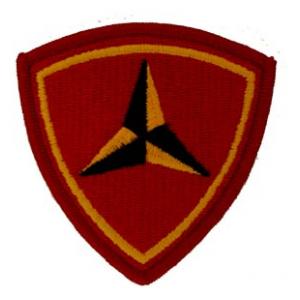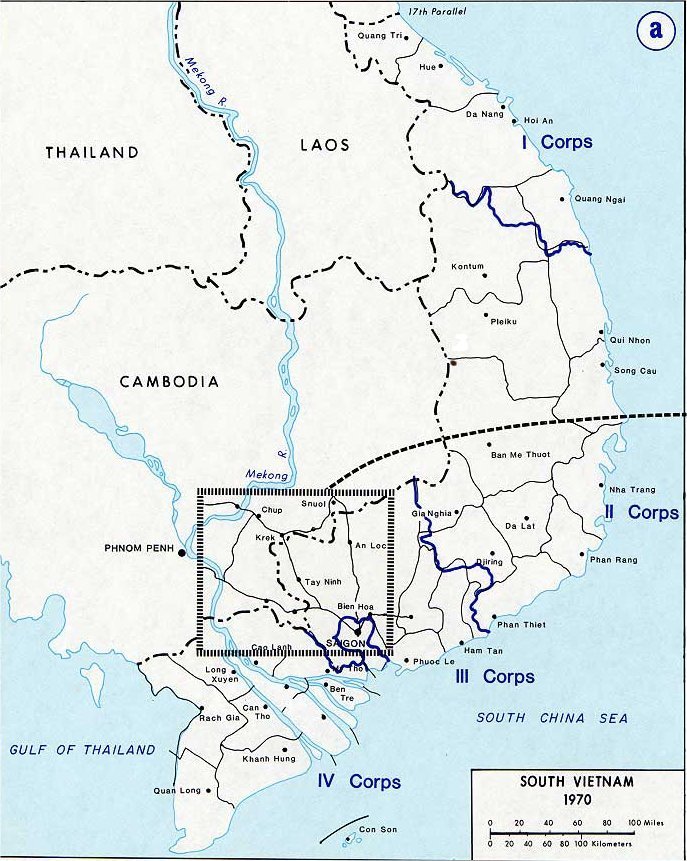THE ARVN
Rangers
Arguably the most effective troops available to the ARVN are their Ranger Battalions. Initially formed by the French in 1951 at the Commando school in Nha Trang, the ARVN Rangers are now trained and assisted by US Special Forces and Ranger instructors and are trained in the tactics of counterinsurgency. Highly mobile and capable of infiltrating enemy positions, the ARVN Rangers will be a key component of the South's army throughout the conflict.
Marines
Another elite formation available to the ARVN are their Marine Battalions. Also established under French rule, they now receive material support and instruction from their US counterparts.
Airborne
One of South Vietnams first elite units established by the French in 1948. The Vietnamese Airborne Division was one of the most elite fighting forces in the ARVN. It was placed as a reserve unit along with the South Vietnamese Marine Division. Headquarters of the Airborne Division was outside of Saigon. The Airborne Division would mobilize anywhere within the four corps at a moments notice. The main use of the Airborne was to engage and destroy NVA and Viet Cong forces, not hold a specific region like the infantry units.
ARVN 1st Infantry Division
The French formed the 21st Mobile Group in 1953, renamed 21st Division in January 1955, the 1st Division later that year. Considered "one of the best South Vietnamese combat units". Based in Huế, it had four rather than three regiments.
Armoured
The primary Armoured unit is the 3d Armored Cavalry Squadron a battalion-sized unit of the Army of the Republic of Vietnam (ARVN), the South Vietnamese army. It was part of II Corps that oversaw the twelve provinces of the central highlands; corps headquarters being in the mountain town of Pleiku. The 3d Armored Cav was organized on January 1, 1954.In addition to this the ARVN possesses smaller units equipped with US M113 Armoured Personel Carriers and M-41 Walker Bulldog light tanks, assigned to units for specific tasks.
Special Forces
The Civilian Irregular Defense Group (CIDG) program was devised by the CIA in early 1961 to counter expanding Viet Cong influence in South Vietnam's Central Highlands. Beginning in the village of Buon Enao, small A Teams from the U.S. Army Special Forces (Green Berets) moved into villages and set up Area Development Centers. Focusing on local defense and civic action, the Special Forces teams did the majority of the training. Villagers were trained and armed for village defense for two weeks, while localized Strike Forces would receive better training and weapons and served as a quick reaction force to react to Viet Cong attacks. The vast majority of the CIDG camps were initially manned by inhabitants of ethnic minority regions in the country (especially Montagnard), who disliked both the North and South Vietnamese and therefore quickly took to the American advisers. The program was widely successful, as once one village was pacified, it served as a training camp for other local villages.
By 1963, the military felt that the program was a great success, but also that the CIDG units and Special Forces units were not being employed properly, and ordered Operation Switchback, which transferred control of the CIDG program from the CIA over to Military Assistance Command, Vietnam. The CIDG Program was rapidly expanded, as the entire 5th Special Forces Group, U.S. Army Special Forces, moved into Vietnam, and the CIDG units stopped focusing on village defense and instead took part in more conventional operations, most notably border surveillance. Most of these were converted to Vietnam Army Ranger units in 1970.
*Note, despite the text, these troops equipment and uniform are typical of the CIDG which later morphed into Rangers.

















